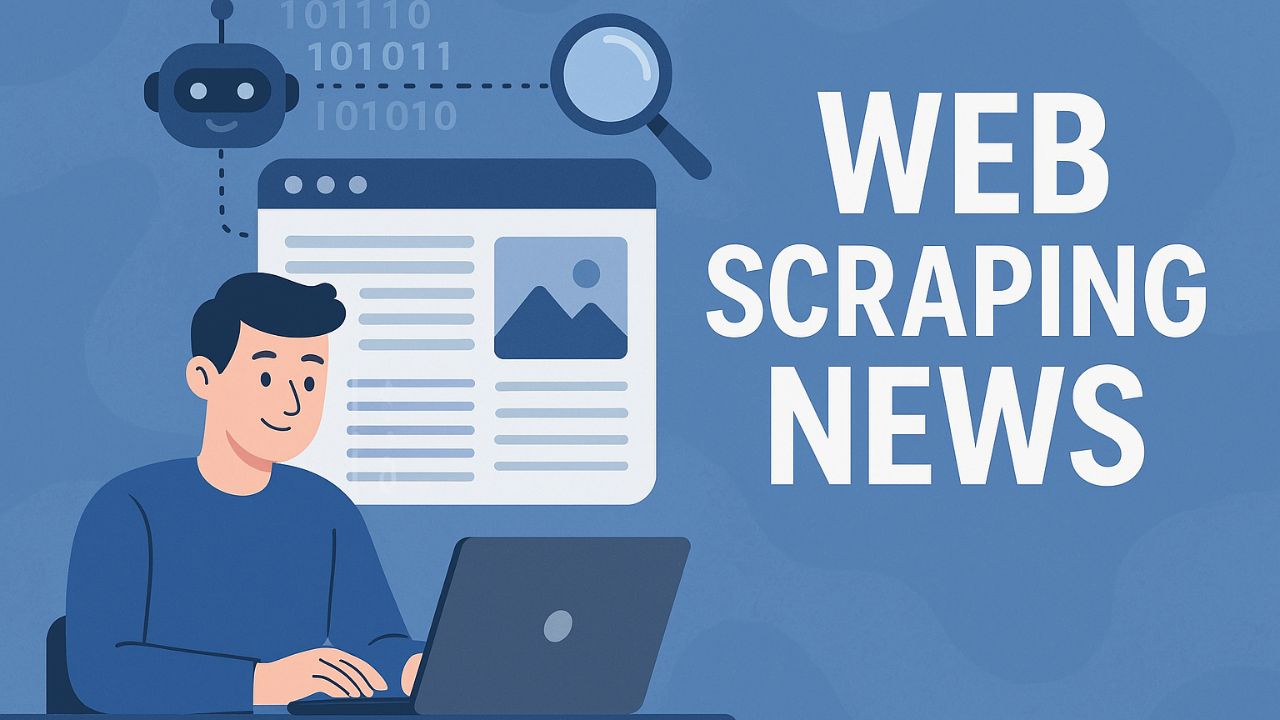Setting Up and Using Web Scraping APIs: A Step-by-Step Guide
Web scraping APIs can significantly improve your data extraction workflow, providing an efficient way to collect information from websites without dealing with many common challenges. This guide walks you through the essential steps for implementing a scraping API in your projects.
Selecting the Right API Provider
The first step is choosing a reliable scraping API provider. Several options are available in the market, including Scraping API, Write Data, and Codeau. Each offers different features, pricing plans, and capabilities, so it’s worth researching which best suits your specific needs.
Authentication Setup
After selecting a provider and creating an account, navigate to the dashboard of your chosen platform. Here, you’ll need to generate an API key that will authenticate your requests when communicating with the service. This key is essential for tracking your usage and ensuring your requests are properly processed.
Project Configuration
With your API key in hand, it’s time to set up your development environment. Open your preferred code editor and create a new project. While you can implement scraping APIs in various programming languages, Python is particularly popular for web scraping tasks due to its simplicity and robust library ecosystem.
Implementation with HTTP Libraries
The implementation process typically involves using an HTTP library to make requests to the API. In Python, the ‘requests’ library is commonly used for this purpose. A basic implementation might look something like this:
First, import the necessary libraries, then construct your request with your API key, target URL, and any additional parameters the API provider requires. The API will return the scraped content, which you can then process further.
Processing the Results
After receiving the scraped HTML content, you’ll likely need to parse it to extract the specific data you’re interested in. Libraries like Beautiful Soup are excellent for parsing HTML and navigating the document structure to locate and extract particular elements.
Handling Anti-Bot Measures
One of the key advantages of using scraping APIs is their ability to handle anti-bot protections that websites implement. If you encounter blocking issues, most API providers allow you to adjust headers, user agents, and proxy settings to overcome these obstacles. This flexibility enables you to scrape data from websites that might otherwise block conventional scraping attempts.
Conclusion
Using a web scraping API can significantly streamline your data collection processes, especially when dealing with sites that employ anti-scraping measures. By following these steps, you can set up an efficient scraping system that reliably extracts the data you need while minimizing the risk of being blocked.
